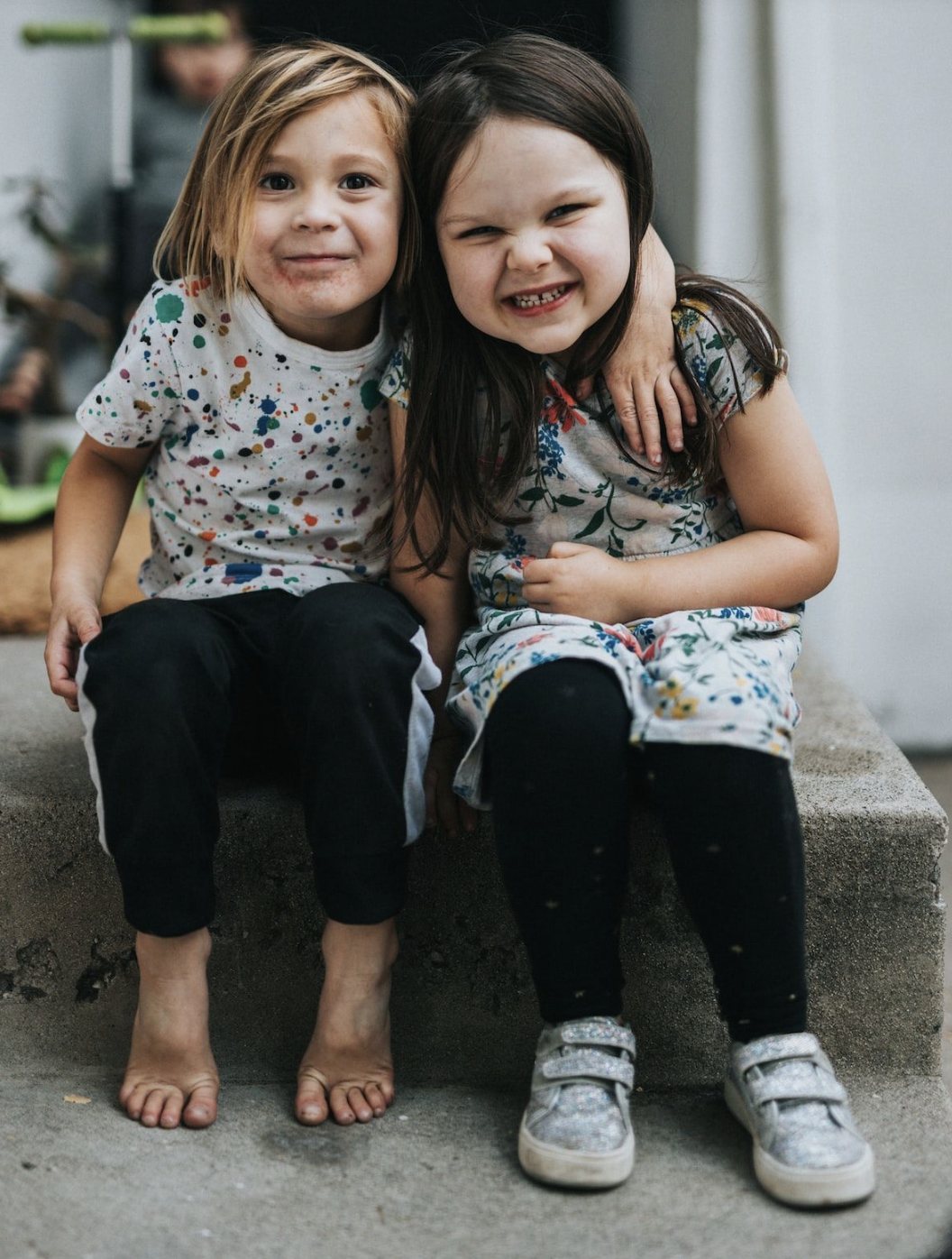working with little nervous systems
Many of us use EMDR in our daily work to promote healing, we watch our clients' reprocesses and learn to store material in a more adaptive way. We stick with standard protocol and use our insights to guide this process. I often hear this modality is life changing both as the therapist and as the client. I also hear this is one of the most challenging modalities to adapt to working children and adolescents because they are not cognitively capable of following standard protocol to a tee. We start to wonder, how can we adapt the knowledge so it is applicable to the littles?
Have you ever asked a 6 year old, “To go with that?” You may not get the response you are looking for. Little nervous systems cannot easily “notice that”. Their brains are not developed enough to comprehend that directive. Children are not hard wired to notice what is occurring inside them or be able to regulate it or articulate it. We have to adapt our language and processes to meet them where they are cognitively and developmentally.
Children are amazingly resilient and are great candidates for EMDR. Research is being conducted daily to support this claim and I know first hand how powerful and quickly healing can happen with littles.
The question becomes, how? How does one take this information and make the necessary adjustments to support younger children? The answer is simple. We come back to the standard protocol and we get creative! This is where I encourage you to give yourself permission to have fun and find the creative alternative. Children respond well to the physical world. Things they can see, touch, interact with and understand. We work to physicalize all eight phases of EMDR. We can have them draw out their icks/bothers. This in turn becomes a map and a targeting sequence plan. We can have them select miniatures to represent the things that feel icky- past or present. We use cognition cards and feelings books to help them better understand the language and what to expect throughout the process. We use metaphors and analogies they can understand (check out our precious blog post for more on this). The takeaway is that we find ways to connect with them and identify their capacity in the moment. Preparation and resourcing can take longer and should take longer with little nervous systems since we are scaffolding for the rest of the eight phases in phases one and two.
Check out this article on adapting your language based on cognitive development here!!
When we work with little kids we are encouraged to physicalize everything! Have them physically create or represent what they are working through, what their resources are and identify their helpers. The physical action makes healing more accessible. When you work with children, you’re given permission after basic training to add in your creativity and playfulness into the protocol. Get creative with drawing, making books, creating collages, masks, helpers, use miniature and toys, colors, cards, paints, play-dough, dolls, sand or stickers, the sky's the limit with the tools you use to deliver this information. Children thrive when they have autonomy so options are key. Options on resources, forms of bls, movement, and more!
Some of my favorite forms of bilateral stimulation with children include: tappers, hopping, drawing, makeup brushes, running, tossing a ball, keeping a balloon in the air and walking!
Here is the main takeaway from this month's blog:
Give yourself permission to add in more resources and have fun. We are taught in basic training that phase 2 is brief and once the system is ready we move into phase 3. While that is true, when working with littles, they often need more support in phase
Children are not born with the ability to emotionally regulate. They learn from others while their mirror neurons are firing. The time we spend utilizing psychoeducation and practicing state change in phase 2, sets you up for a smooth transition into phases 3-7. Keep in mind: nothing should be a surprise to your kiddo when you move to phase. They should be able to identify feelings in the body, emotions and cognitions with ease. A great way to introduce that is through Ana Gomez’s book: Stories and the Storytellers: The Thinking Mind, The Heart and The Body.
When you can, try to physicalize all aspects of EMDR. Get creative and have fun with meeting them where they are at developmentally.
Click here to check out our child focused group consultation led by EMDRIA consultant, Sydney Rudy!


